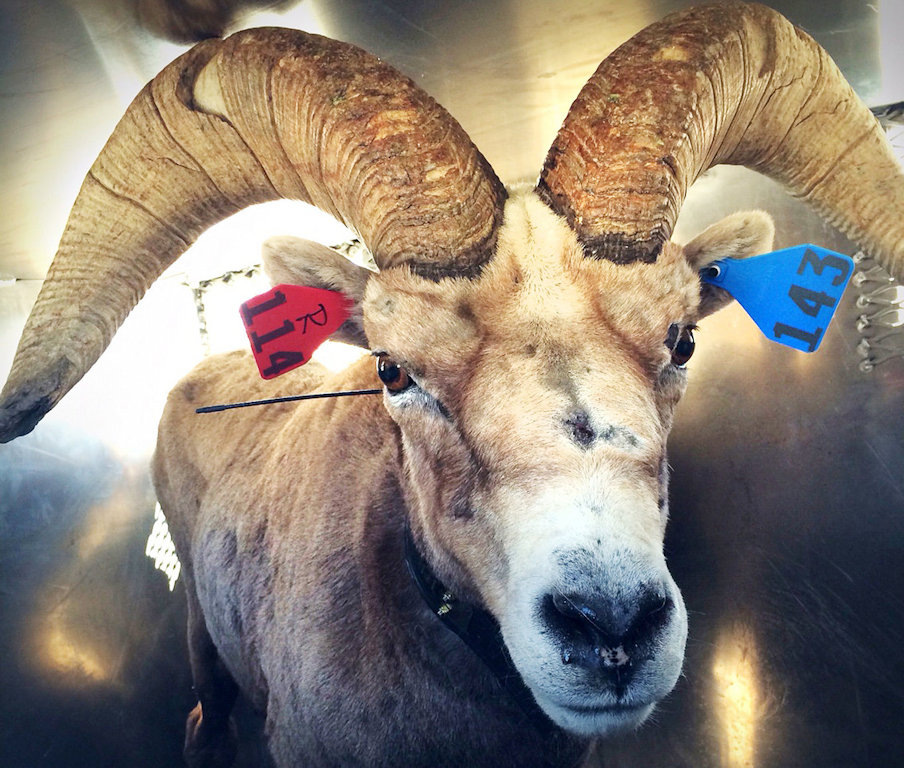
Here’s a long, fascinating op-ed from the New York Times describing the increasingly hi-tech techniques used to establish, maintain and monitor wildlife populations. Kudos to Walter Roberts for spotting this one . . .
If you ever have the good fortune to see a Sierra Nevada bighorn sheep, the experience might go like this: On a sunny morning in Yosemite National Park, you walk through alpine meadows and then up a ridge to the summit of Mount Gibbs at 12,764 feet above sea level. You unwrap a chocolate bar amid breathtaking views of mountain and desert and then you notice movement below.
Binoculars reveal three sturdy ewes perched on a wall of rock, accompanied by two lambs and a muscular ram. The sight fills you with awe and also with gratitude for the national parks, forests and, yes, environmental regulations that keep the American dream of wilderness alive.
Unless your binoculars are unusually powerful, you are unlikely to notice that many of those sheep wear collars manufactured by Lotek Wireless of Newmarket, Ontario. You will, therefore, remain unaware that GPS and satellite communications hardware affixed to those collars allows wildlife managers in distant air-conditioned rooms to track every move made by those sheep. Like similar equipment attached to California condors, pronghorn antelope, pythons, fruit bats, African wildebeest, white-tailed eagles, growling grass frogs, feral camels and countless other creatures, those collars are the only visible elements of the backlot infrastructure that now puts and keeps so many animals in the wild.